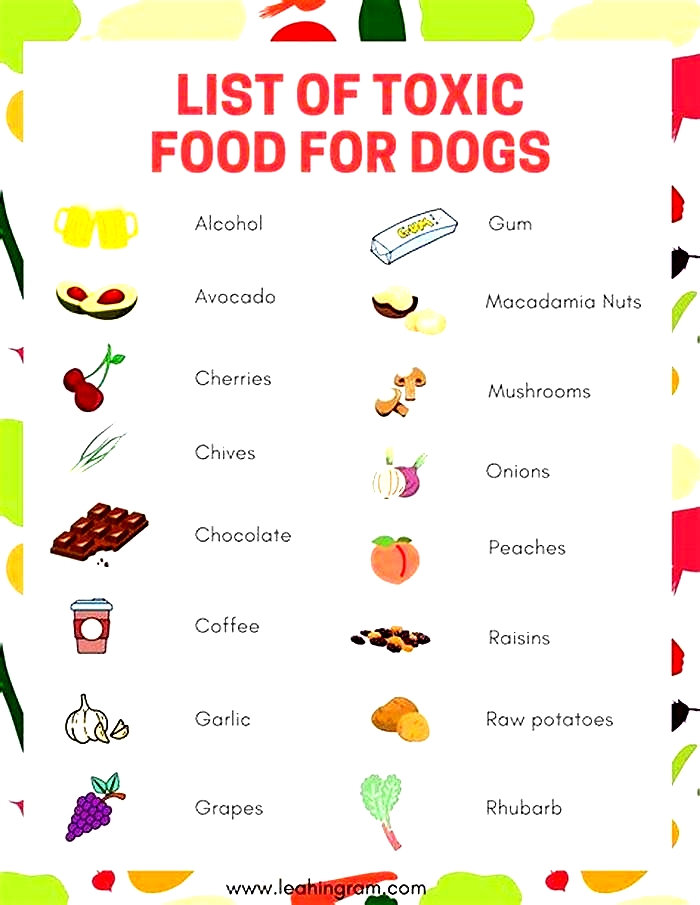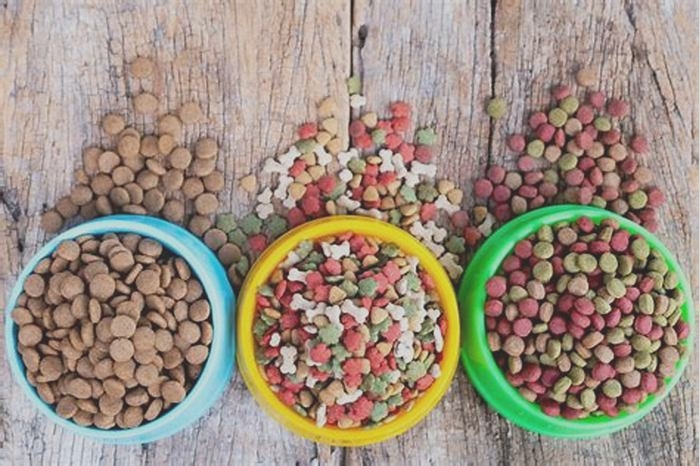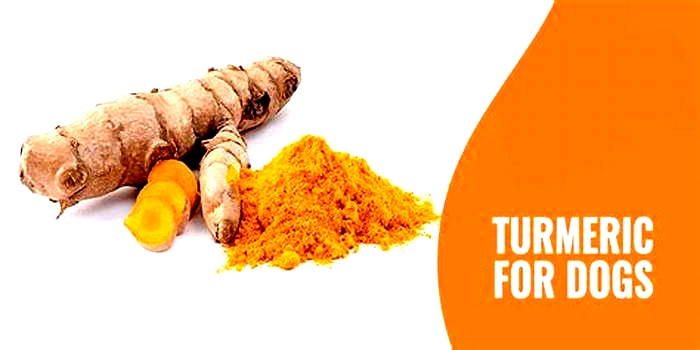What berries are toxic to dogs
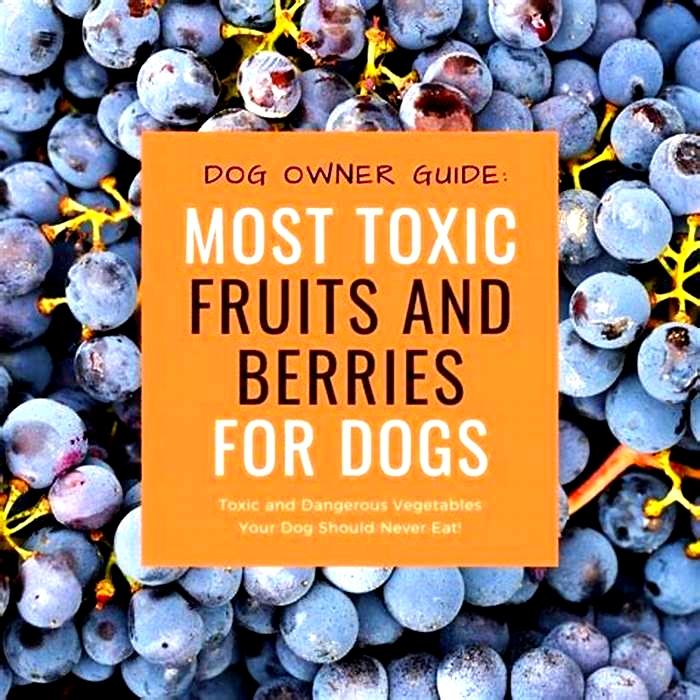
Types of Berries That Dogs Can and Cant Eat
Fruits are an ideal addition to you and your dogs diet. It contains vitamins and minerals that are beneficial for your overall health. One essential type of fruit that both you and your pet can have is the berry fruit!
What are berries? Berries are edible fruits that are small, pulpy and brightly colored. These fruits may taste sour or sweet. They are generally rich, juicy and have no stones or pits though there maybe seeds or pips. The delicious taste of the fruits is what makes it popular among people and pets as well.
Strawberries, blueberries, raspberries, black currants, and red currants are the most common edible berries. Worldwide you can find many uses for berries like being used in pies, jams, preserves, or cakes. Berries are essential commodities in the commercial market.
Likewise, berries have many health benefits for your dog. However, not all berries are edible and safe for your pet. This article can give you some information about the types of berries that canines can eat. We also made a list of berries that are harmful to both dogs and humans. Knowing more about the different types of berries goes a long way in maintaining your pets good health and well-being.
What Types of Berries are Suitable for Dogs?
Blueberries
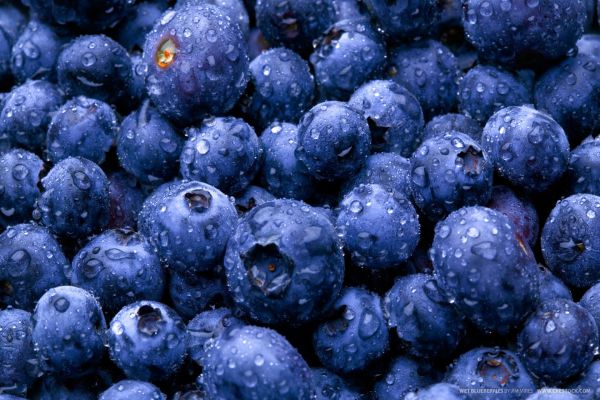
These fruits are indigo in color and are native to North America though some blueberries have been introduced to Europe in the 1930s. The blueberry plant is a perennial flowering type and looks like a rigid shrub. These plants are either 10 centimeters (or 3.9 inches) to 4 meters (or 13 feet) in size.
Smaller blueberries usually grow in the wild and have the nickname of lowbush berries. Larger blueberries or highbush are the cultivated version. The fruit itself has a pale green color that turns to reddish-purple color. When the fruit is ripe, its color becomes dark purple. A blueberry is 5 to 16 millimeters (or 0.20 to 0.63 inches) in size and has a flared crown at its bottom part.
Are blueberries good for dogs? Yes, they are good for your pet. It has a low-calorie content as well as essential vitamins and nutrients. Also, it has antioxidants that fight free radicals that cause molecular and cellular damage to a dogs body. Antioxidants also bolster the immune system of a canine.
Moreover, blueberries have phytochemicals that fight off canine cancer. Lastly, it has Vitamin C that improves a canines white blood functions and produces antibodies to combat toxins, bacteria, and viruses. These different nutrients are the reasons why blueberries for dogs are healthy for them.
Blackberries
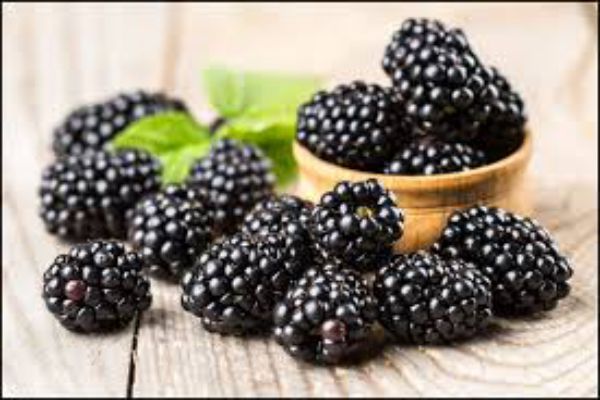
A relative of the raspberry plant, the blackberry, is an aggregate fruit in botanical terms since it is composed of drupelets. There are at least 375 species and are spread wide across the world, particularly in Europe. These plants are often an essential part of the ecology of some countries. Blackberries grow wild in Europe, and for some people, harvesting the fruit is a popular pastime. It is not just humans and dogs that find the blackberry delicious and edible. Certain types of caterpillars survive on this fruit. Also, deers and other grazing animals eat blackberry leaves.
Are blackberries suitable for dogs? Considering the fruits nutrients and minerals, blackberries are great treats for your canine pets. It has Omega-3 essential fatty acid that keeps your pets coat and skin healthy. It contains fiber that helps the process of digestion and eases a canines bowel movement.
Likewise, it has antioxidants which are responsible for mitigating the free radicals damage to the cells. Vitamin A in blackberry prevents dry, itchy skin and dull coat. More so, it has Vitamin C, which has anti-carcinogen properties that prevent cancer in canines. Vitamin K is another vitamin in blackberry that helps canines by clotting their blood correctly to avoid excessive bleeding. Finally, it contains good amounts of Vitamin E that improves a dogs muscles and circulatory system. Having some blackberries for dogs to eat is a wise decision mainly as it affects the state of their health.
Strawberries
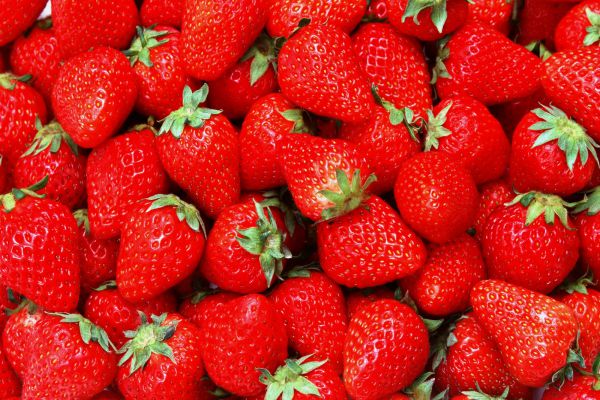
Around the world, people cultivate various types of strawberries. The strawberry fruit (which happens to an aggregate accessory fruit, hence not a real botanical berry) has a bright red color. The fruit is tasty, juicy and has a particular sweet aroma. People consume strawberry in large quantities, whether fresh or pre-prepared state. You can find the fruit as an ingredient in different food products like chocolates, preserves, milkshakes, fruit juices, pies, and ice creams. More so, strawberries flavor and aroma are also in perfume, lip gloss, candy, hand sanitizers, etc.
Are strawberries good for dogs and if so, what makes it good for canines? The fruit contains lots of fiber, Vitamin C, Vitamin E, antioxidants, beta-carotene, phytochemicals, Vitamin B, and potassium. The strawberry has anti-inflammatory properties. The decrease in your pets inflammatory effects helps it deal with joint pain, muscle, and headaches. The best part of strawberries for dogs is that it is practically non-toxic. A berry without toxins is the ideal sweet treat for all kinds of pets.
You can serve these berries as treats and snacks after the main meal. However, dont substitute your pets main meals with this fruit since it still needs nutrients and minerals not present in berries. Also, make sure that the fruits are clean before serving. Just wash the berries in water to remove any remaining pesticides or dirt.
Type of Berries You Should Never Give Your Dogs
You must know which of these fruits are not suitable for canines to eat. Berries not safe for dogs usually have substances that cause adverse effects. Read the list below to know which berry fruits you should avoid from giving your pet.
Holly berries
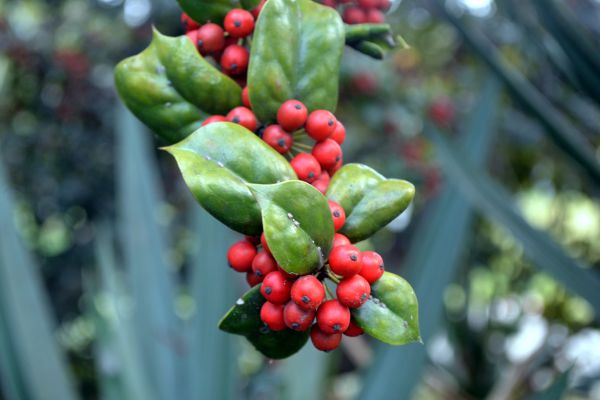
A plant belonging to the Aquifoliaceae family of flowering plants and has 400 to 600 species of its type. The plant is a climber, tree, or shrub in form and it is widespread in subtropical and temperate regions. The leaves look glossy and straightforward with a spiny leaf margin. The fruit of the Holly is either red to brown to black in color. The holly berry also has green and yellow color though these colors are rare. This fruit ripens only in winter. The holly can be an invasive plant since it crowds out other native species of plants.
You will easily recognize the Holly since this is a holiday dcor during Christmas. Its berries, however, are toxic to both humans and dogs. Holly berries have substances like cyanogens, saponins, and methylxanthines that can cause vomiting and diarrhea. Ingesting its leaves can also cause internal injuries due to its spiny leaves.
Juniper berries
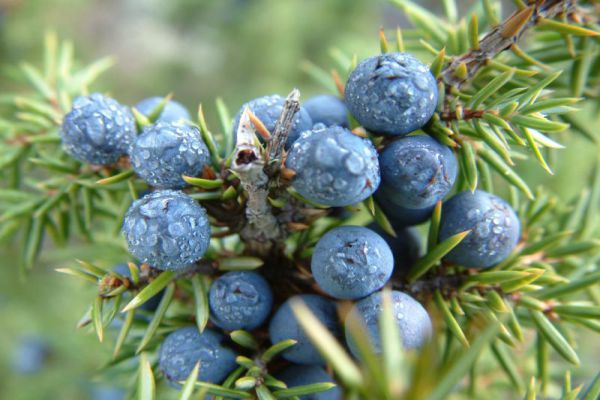
The juniper berry, despite its name, is not a real berry. The fruit is more akin to a seed cone, and various species of junipers produce this fruit. The cone has fleshy scales that merge, thus giving it its berry-like appearance. The ancient civilizations like the Egyptians, Greeks, and Romans tend to use the juniper berry as medicines. For the Romans, they used the fruit as a substitute for long pepper and black pepper. European cooks have juniper berries as an ingredient in their cuisines as well.
The fruit is good for different cooking purposes, but the Juniperus Sabina species is poisonous due to its toxic compounds like ethereal oil. If your dog is getting too much juniper berries, it can be unhealthy to its body. The adverse effects of the fruit include:
- Hypoglycemia or low blood sugar
- Problems with the kidney
- Seizures
Baneberries
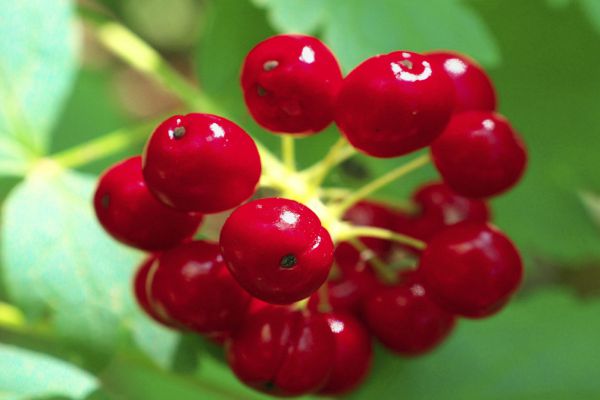
If theres one plant whose fruits are unquestionably toxic, it would be the baneberry. It thrives in places with temperate climates like North America. Baneberries are part of the Ranunculaceae family species of plants. Some of the species grow in North America like wild plants, while others are indigenous to Europe. The fruits have a white or glossy red appearance while the baneberries leaves have toothed edges.
The word bani which in Old Norse means slayer and it translates to bane in English, and there is a good reason why the fruit has the word bane to it. The fruit has glucoside and ranunculin compounds that cause poisoning. Additionally, the Baneberry tastes bitter to ones tongue and has a high level of acidity that can irritate the mouth along with the throat. It takes at least as few as six baneberries to be fatal to a person or dog. Some signs of Baneberry poisoning are:
- Neurovascular and Cardiovascular symptoms though these two are rare
- Hematuria or presence of blood in a canines urine
- Blisters or skin irritation
Poke berries
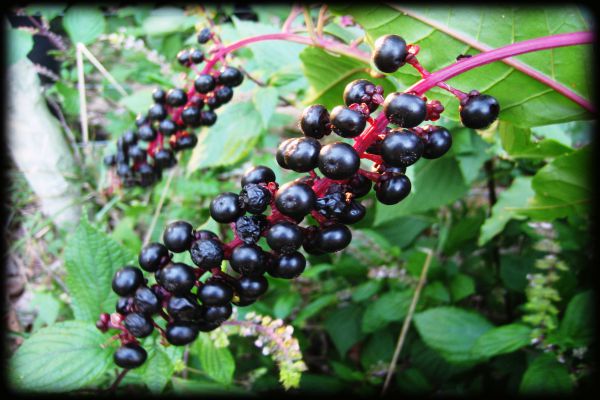
This plant exclusively grows in the United States, specifically in the Midwest, the Gulf Coast, and eastern North America. Poke berries are fruits from the pokeweed plant. The plant has a large white taproot with simple leaves that grow on purplish or green to red stems. The berries are either purple or black, and the plants flowers are green to white. Pokeweed grows wild in pastures, areas that have been recently cleared, edge habitats like fencerows, waste places, and woodland openings. No farmer cultivates this plant due to its toxicity to humans and animals. Likewise, pokeberries are a pest species. On the other hand, this fruit remains edible to songbirds like the brown thrasher, gray catbird, northern cardinal, northern mockingbird and other species that are not affected by its toxins.
Ingesting the pokeberries can be fatal to a canine. However, there are some warning signs or symptoms that your pet might have ingested some of it. Some examples of the symptoms are:
- Hypotension or low blood pressure
- Stomach and intestine inflammation
- Diarrhea and bloody stool
Mistletoe berries
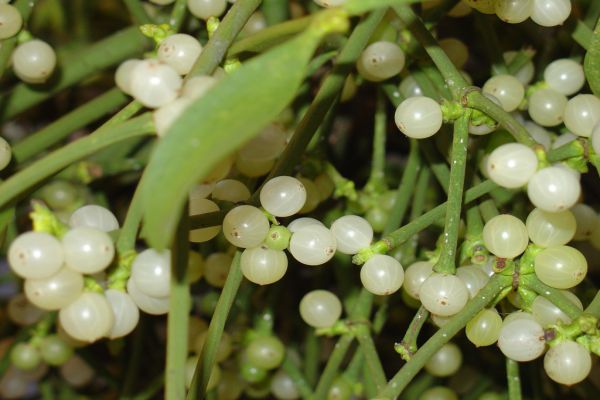
The mistletoe is a very familiar plant because it is a common decoration during Christmas time. Mistletoe is the common name for plants that obligate hemiparasitic in nature.
These plants attach themselves to a shrub or a tree via their branches, which the plant then absorbs nutrients and water from its host. European mistletoes have white waxy berries that cluster in two or six while the leaves are oval, evergreen and smooth at their edges. North Americas Eastern mistletoe looks the same as the European type, but its berry cluster is 10 or more and its leaves are broader and shorter.
Mistletoe berries contain lectins, polysaccharides, and alkaloids, all of which are harmful to dogs internal organs. Ingesting large amounts of mistletoe berries can cause:
- Gastrointestinal irritation that leads to drooling, vomiting, abdominal pain and diarrhea
- Sudden abnormal heart rate and hypotension
- Ataxia or walking drunk along with seizures.
Choose The Types Of Berries You Give Dogs
Berries like strawberries, blackberries, and blueberries are great for dogs. However, pet owners should not overdo it. These fruits are healthy, but excessive feeding can harmful. Give your pets moderate amounts and try not to give them these fruits all too often. It is advisable that the berries must be clean and served naturally without any sugar.
When it comes to protecting a canine from the poisonous berries, you need to keep an eye on them. Also, keep a tight reign on your pets when going for a walk in woods or pasture where those kinds of plants are nearby. As for the ornamental berry plants, you need to keep them out of your pets reach all the time. Despite your precautions, your dog can still get sick from overeating or poisoning. When this happens, take your pet to a veterinarian right away. Quick treatment of your dogs problems can save your life and spare you grief later on.
These are the berries that are safe and unsafe for your canine. This information can help you choose which to give and those avoid. So, go ahead, buy some blueberries, blackberries, or strawberries. Just make sure the berries are fresh as well as safe to eat, and your dog will enjoy eating them.
READ MORE:
- IS CRANBERRIES SAFE FOR DOGS?
- IS GRAPES SAFE FOR DOGS?
- CAN DOGS EAT PEANUTS?
- CAN DOGS EAT MUSHROOMS
Plants That Are Poisonous to Dogs
Its important to protect your dog from poisonous plants. Whether youre an avid gardener or have a few potted plants on your front stoop, some plants might not be your dogs friend. In fact, many shrubs, trees, and flowers commonly found in the garden (and in the wild) are dangerous if your dog eats them. Some can cause discomfort, some will make your dog miserable, and some can even be fatal if ingested. If you think your dog may have eaten any poisonous plant, dont wait contact your vet or your local emergency vet right away to describe what theyve eaten and any symptoms theyre experiencing.
Flowers and Bulbs Poisonous to Dogs
Autumn Crocus: These fall-blooming plants contain colchicine, which is extremely toxic, causing gastrointestinal bleeding, severe vomiting, kidney and liver damage, and respiratory failure. Symptoms might be delayed for several days, so dont wait to seek veterinary attention if your dog has ingested any part of this plant.
Begonia: Often used in containers, these tubers can cause mouth irritation and difficulty swallowing when ingested.
Chrysanthemum: These common flowers contain lactones and pyrethrin, which cause intestinal irritation. While not lethal, eating any part of the plant can result in vomiting, diarrhea, excessive drooling, skin rashes, and loss of coordination.
Daffodil: Ingesting any part of the plant, especially the bulb, can cause severe vomiting, drooling, tremors, respiratory distress, convulsions, and heart problems.
Daisies: These very common flowers contain sesquiterpene lactones which can cause gastrointestinal upset for dogs, especially if they eat a large amount of daisy plants.
Foxglove: All parts of these tall beautiful flowers, from the seeds to the petals, are extremely toxic to dogs. Ingestion can cause cardiac failure and even death.
Geranium: All varieties of this common container plant are poisonous to dogs. The symptoms include lethargy, low blood pressure, skin rashes, and loss of appetite.
Iris: Ingesting any part of the plant can cause skin irritation, drooling, diarrhea, vomiting, and lethargy.
Lily: With so many different varieties of lilies, its hard to remember which are dangerous and which are relatively benign. Some for example, daylilies are extremely toxic to cats, but cause only gastrointestinal upset in dogs. Others, such as the calla lily, release a substance that burns and irritates a dogs mouth and stomach. Symptoms can be mild to severe.
Lily of the Valley: Symptoms of ingestion include diarrhea, vomiting, a drop in heart rate, and cardiac arrhythmia.
Tulip and Hyacinth: The bulb is the most toxic part, but any part of these early-blooming flowers can be harmful to dogs, causing irritation to the mouth and esophagus. Typical symptoms include excessive drooling and vomiting. If many bulbs are eaten, symptoms may include an increased heart rate and irregular breathing. With care from a vet, dogs usually recover with no further ill effects.
Shrubs and Plants That Are Poisonous to Dogs
Aloe vera: This skin-soother for people contains saponin compounds which can make dogs sick if they chew and eat the plants. Consuming whole aloe vera plant material can give dogs gastrointestinal symptoms including vomiting and diarrhea. Aloe gel on its own isnt toxic, but if a dog consumes whole aloe leaf, what they are eating includes the aloe latex which contains the toxic compounds.
Azalea and Rhododendron: Used in landscaping and found in the wild, the entire genus is extremely dangerous for dogs. Eating even a few leaves can cause serious issues, including vomiting, diarrhea, drooling, paralysis, shock, coma, and death.
Holly: Varieties include American holly, English holly, Japanese holly, and Christmas holly. Although some are less toxic than others, it is best to keep your dog away from any variety. Eating the leaves can result in vomiting, diarrhea, and gastrointestinal injury due to the plants spiny leaves. Symptoms include lip-smacking, drooling, and head shaking.
Hydrangea: With high concentrations of toxic substances in the flowers and leaves, ingestion, especially of the leaves and flowers, can cause lethargy, diarrhea, vomiting, and other gastrointestinal upsets.
Ivy: Although a vine rather than a shrub, ivy is a common part of many landscapes. The foliage of certain types of ivy plants is dangerous to dogs, although not usually lethal. Ingestion can result in excessive salivation and drooling, vomiting, diarrhea, a swollen mouth and tongue, and difficulty breathing.
Oleander: All parts of this popular ornamental shrub are toxic to humans and dogs. If your dog ingests the flowers or leaves, he can experience extreme vomiting, an abnormal heart rate, and even death. Other signs to look for include tremors, drooling, seizures, and weakness.
Peony: These gorgeous flowering plants contain the toxin paeonol in their bark. They may cause vomiting and diarrhea, if ingested in large amounts.
Sago Palm: Often used as an ornamental shrub in temperate zones, its considered one of the most toxic plants for dogs. Every part of the plant is toxic, especially the seeds. Ingesting just a few seedpods can result in acute liver failure. Symptoms include vomiting, diarrhea, and bloody stools, decreased appetite, and nosebleeds.
Trees That Are Poisonous to Dogs
Black Walnut: The tree itself isnt dangerous, but the nuts that fall to the ground can be. They start to decay very quickly and produce mold, so when a dog ingests them, they cause digestive upset and even seizures.
Chinaberry: The berries, leaves, bark, and flowers of this tree all contain toxins that can result in anything from vomiting and diarrhea to weakness, slow heart rate, seizures, and shock.
Fruit trees: The fruits of trees, such as plums, apricots, peaches, and avocados, contain pits and the seeds of cherries and apples contain toxins that can make your dog sick and are choking hazards. Even if they only eat the fruit, eating too much can cause diarrhea.
Horse Chestnut (Buckeye): This tree contains saponin, which causes vomiting and diarrhea, dilated pupils. It also affects the central nervous system and can lead to convulsions and coma.
Japanese Yew: All varieties, from the dwarf to the giant trees, contain dangerous toxins that can be fatal to dogs. Symptoms include tremors, vomiting, difficulty breathing, and seizures. Because of their bright green leaves and red berries, theyre popular holiday decorations but they shouldnt be used in homes where dogs live.
Other nut trees: As a general rule, nuts are toxic for dogs. Avoid letting your dog eat the nuts from almond, pecan, hickory, walnut, or other nut trees. Ingestion can cause gastrointestinal problems and intestinal blockage.
My Dog Ate a Poisonous Plant What Should I Do?
If you think your dog has eaten something toxic, follow these steps:
- Contact your vet, emergency vet, or the Pet Poison Helpline (855-764-7661) for accurate advice.
- Try to identify the plant by taking a sample, a photo, or by collecting any vomit in a plastic bag.
- When you reach the vet or helpline, provide as much information as possible, including: the suspected plant and the time of ingestion, your dogs weight, and any symptoms your dog is showing.
- Under no circumstances should you induce vomiting unless instructed to do so by the vet. Specific plant poisons require specific treatments, and vomiting can make some cases worse.
- Dont fall for the myth that dogs instinctively avoid dangerous plants. While its sometimes true of animals in the wild, dogs have no ability to distinguish between safe and unsafe plants.
According to American Kennel Club Chief Veterinary Officer Dr. Jerry Klein, the best cure is prevention. He recommends that you survey your yard regularly and identify any plants that may be dangerous. Then restrict your dogs access to them. You may need to consult a landscaper to remove particularly stubborn plants. If you are in doubt about whether a plant your dog ate may be poisonous, seek professional help immediately. The most common mistake pet owners make is to wait to see if the dog becomes ill before contacting the veterinarian, says Dr. Klein.

